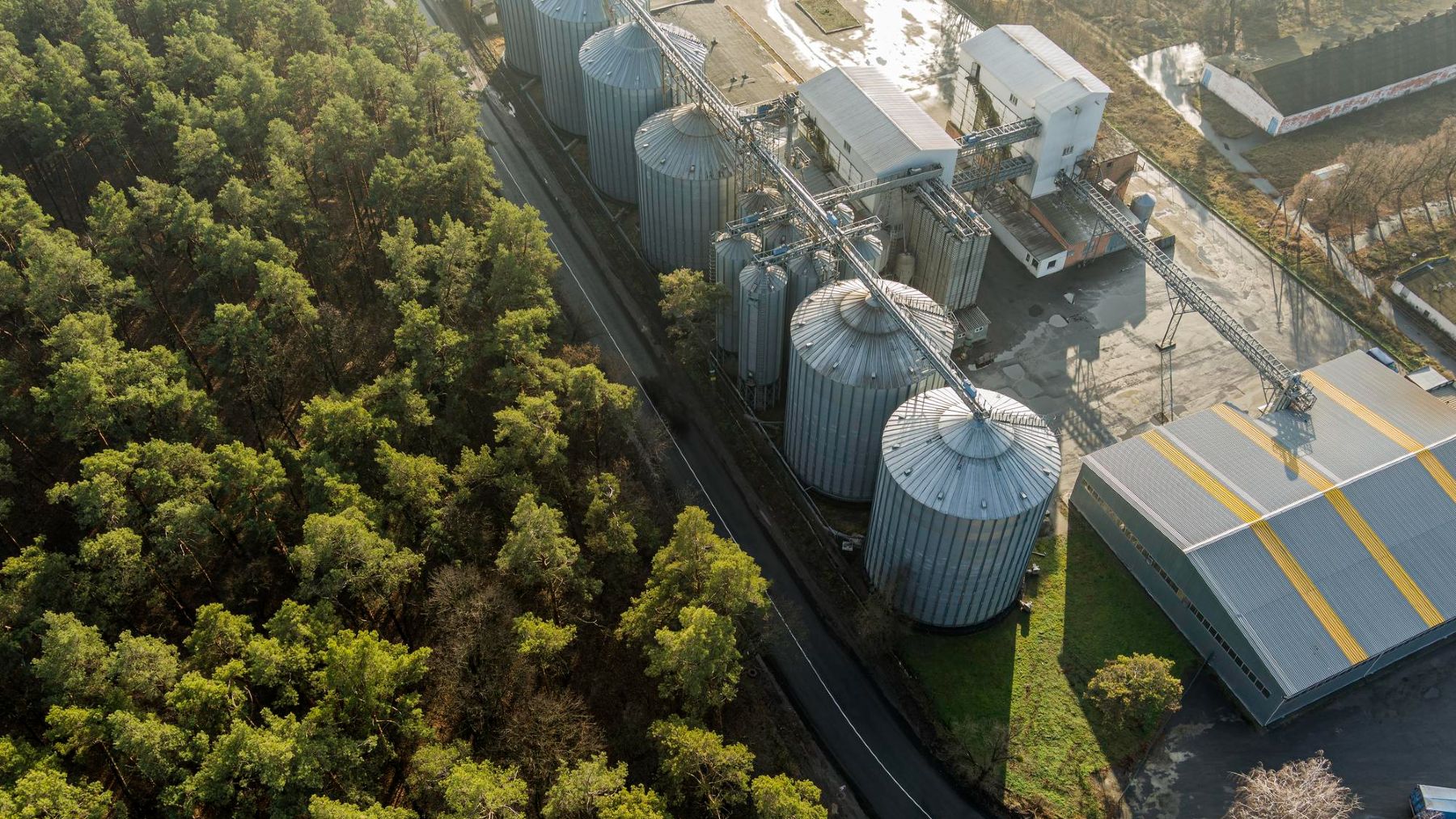A study in the northwestern region of France, in an old mining area, has discovered a reserve of white hydrogen equivalent to half of the world’s production of this gas. This discovery presents an energy source ready for immediate use, without the need for processing. At a time when many companies are exploring new energy sources to move away from fossil fuels, hydrogen stands out as a promising alternative, making this discovery meaningful.
White hydrogen occurs in different forms, recognizable by colors that indicate its origin and production process. Gray hydrogen, the most common but also the most polluting, comes from natural gas. On the other hand, green hydrogen is produced from renewable energy sources, while white hydrogen is in a raw state, which arouses great interest among researchers.
Experts from the GeoRessources laboratory in Nancy report that they have found a huge underground deposit in Lorraine, France, that could be one of the largest in the world. Preliminary estimates suggest that this deposit could contain approximately 26 million tons of hydrogen, representing more than half of current global production.


Huge stockpile of white hydrogen discovered in France
Philippe de Donato, one of the co-leaders of the study, noted that the subsurface of the Lorraine mining basin appears to be exceptionally rich in white hydrogen, which could play a crucial role in the transition to cleaner and more sustainable energy sources.
White hydrogen offers advantages over green hydrogen because it does not require electrolysis processes and its production is not fully linked to the formation of CO2. Furthermore, this resource is found at depths where iron deposits are also found, suggesting the possibility of continuous and sustainable production.
However, access to white hydrogen poses challenges as it is located at significant depths and its storage and transport remain complex. Despite these obstacles, researchers are focused on finding viable solutions to harness this promising energy source.

